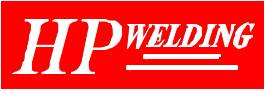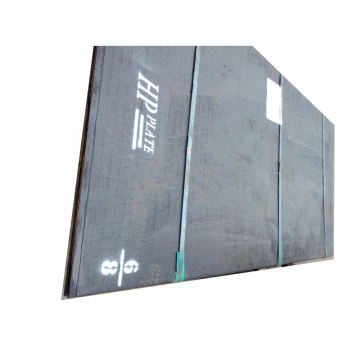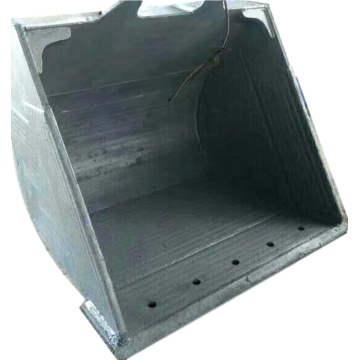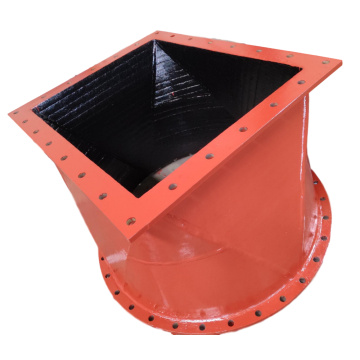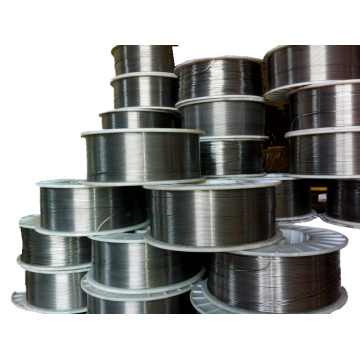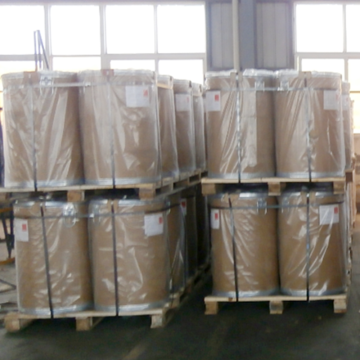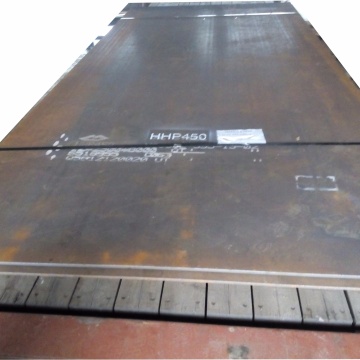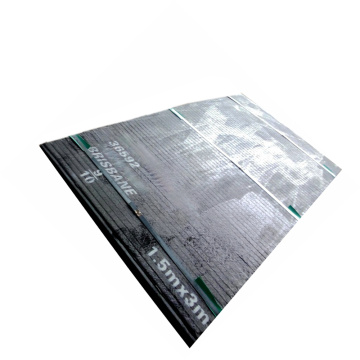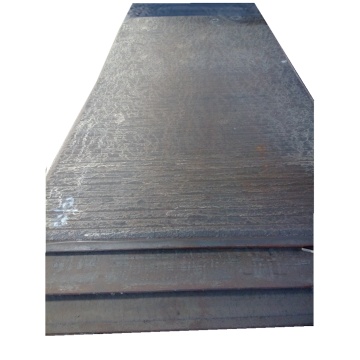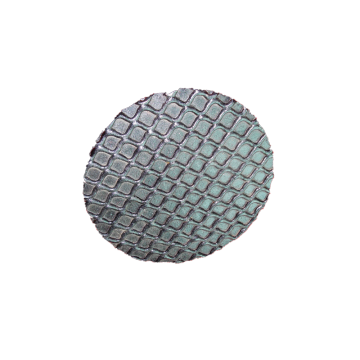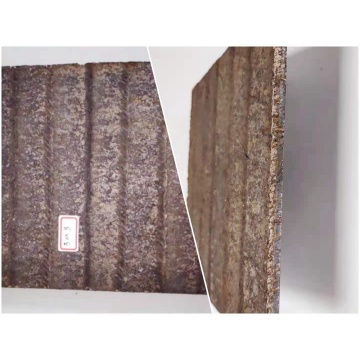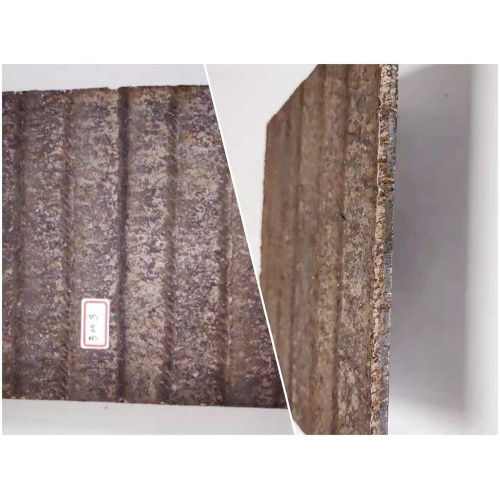
Overlay Abrasion Steel Plate
- Min. Order:
- 100 Kilogram
- Min. Order:
- 100 Kilogram
- Transportation:
- Ocean, Land
- Port:
- Shanghai, Tianjin, Qingdao
Your message must be between 20 to 2000 characters
Contact Now| Place of Origin: | China |
|---|---|
| Supply Ability: | 500 tons per year |
| Payment Type: | L/C,T/T,D/P,Paypal,Money Gram,Western Union |
| Incoterm: | FOB,CFR,CIF,EXW,FCA,CPT,CIP |
| Certificate: | ISO9001: 2015 |
| HS Code: | 72109000000 |
| Transportation: | Ocean,Land |
| Port: | Shanghai,Tianjin,Qingdao |
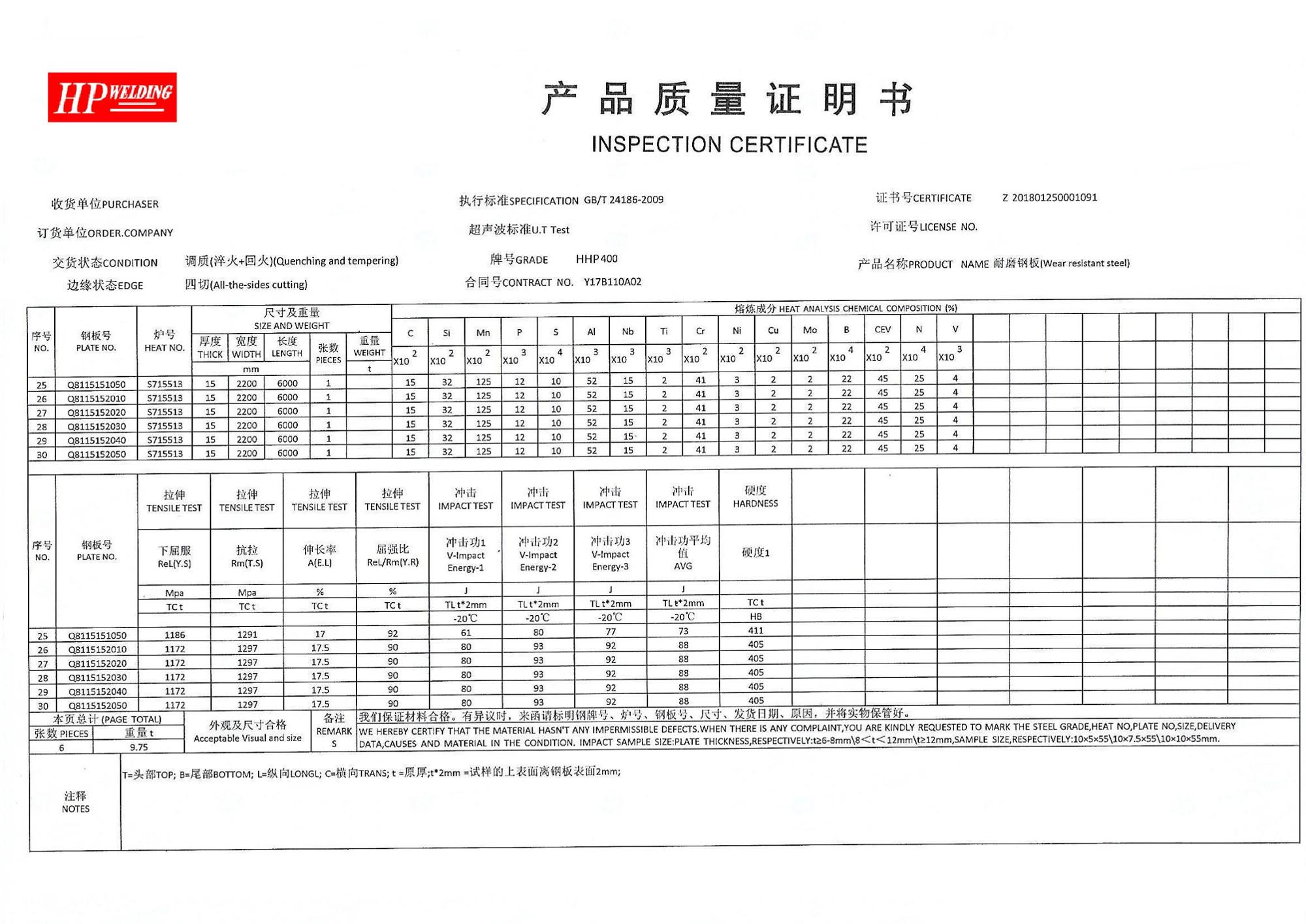
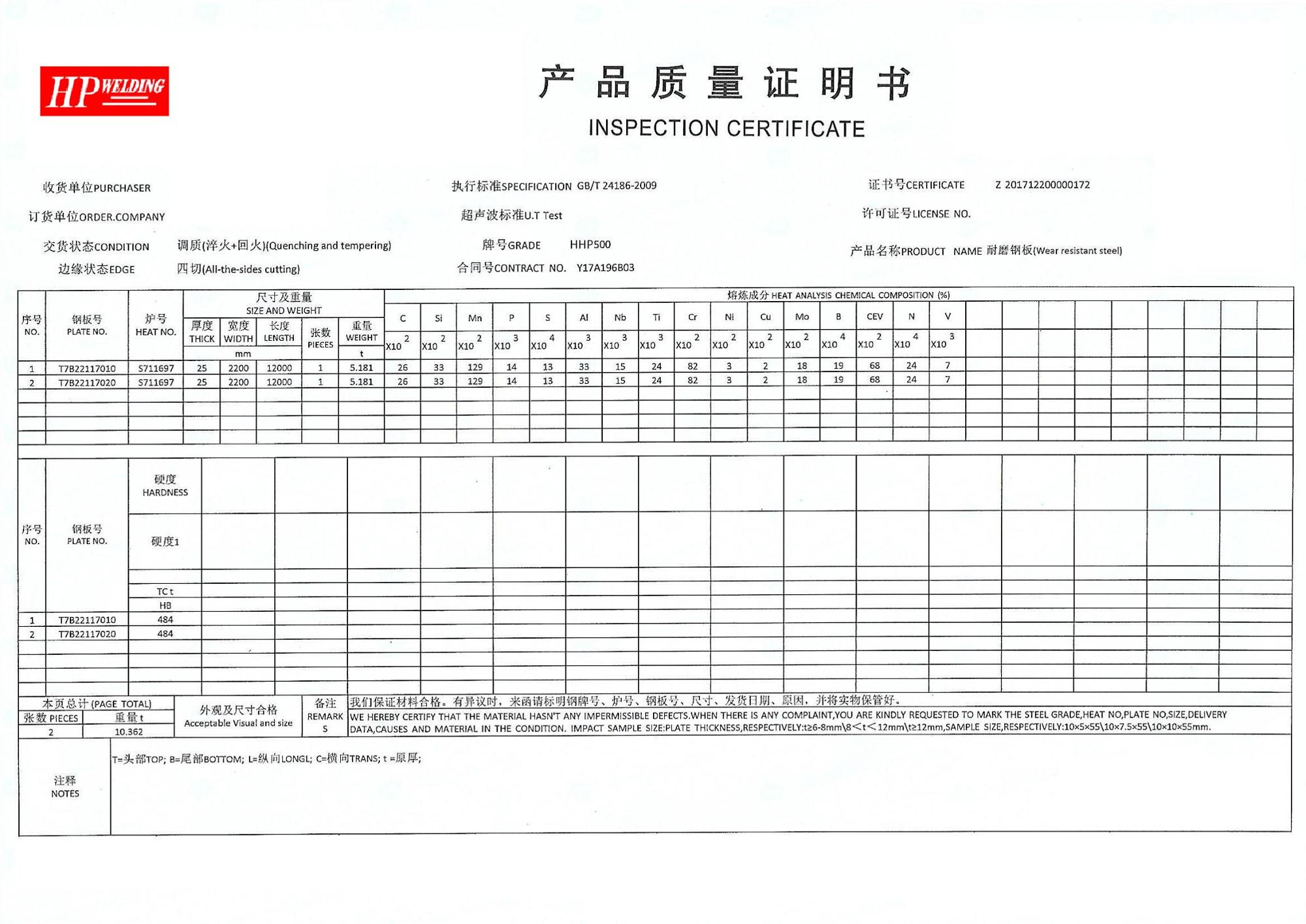
HP Plate (Huifeng Wear Resistant Industry Co., Ltd.) was founded in 1994, as the former Taiwan's Upking-Kurimoto Ltd., led by the president Mr. Zhang Kun-Mou. Using the world-famous Japanese KURIMOTO hardfacing welding patented technology, with welding materials produced by Vautid GmbH, HP Plate has become the most successful experts specializing in production and sales of hardfacing welding overlay plates.
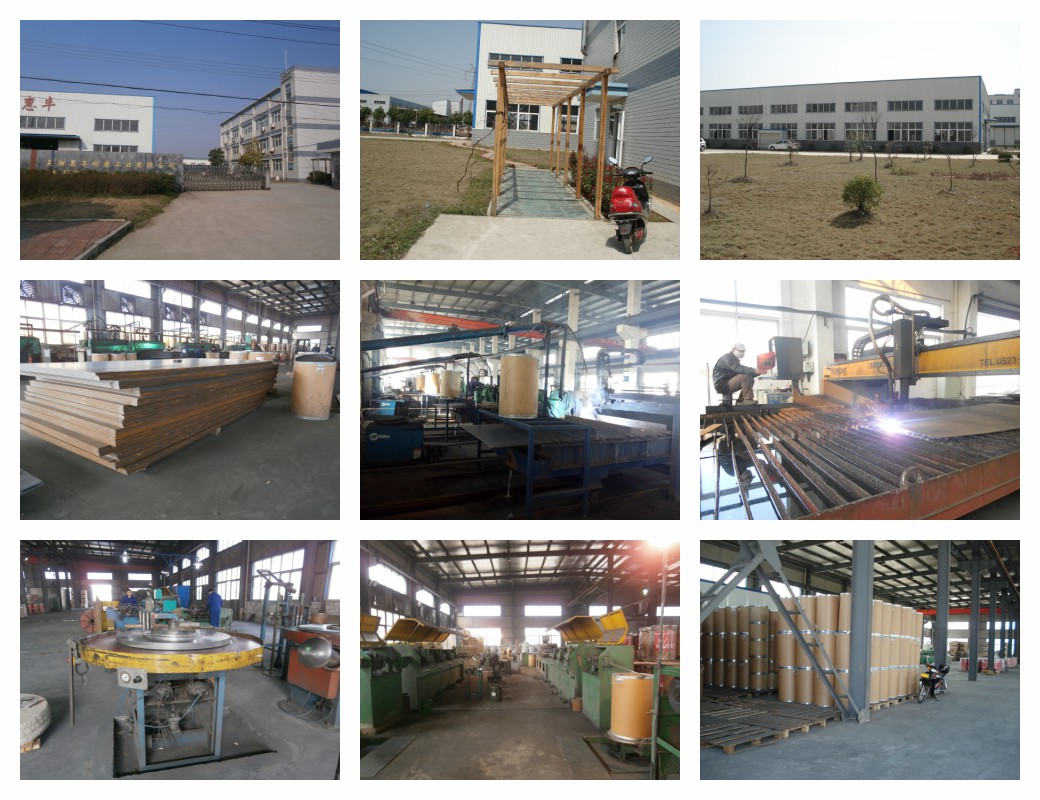
HP Product Range:
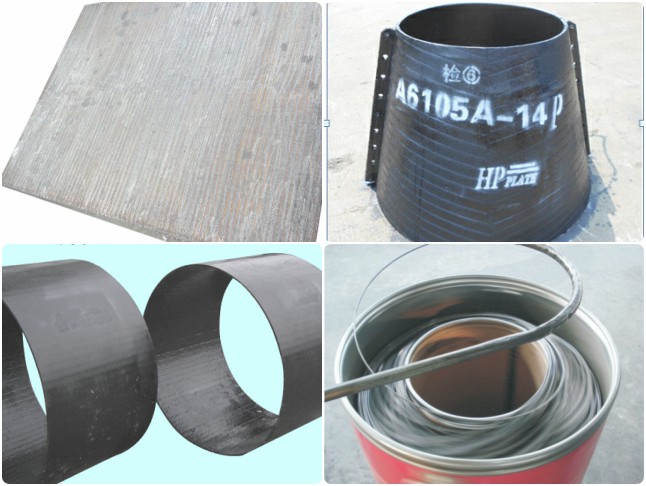
HP Laboratory

HP Certification:
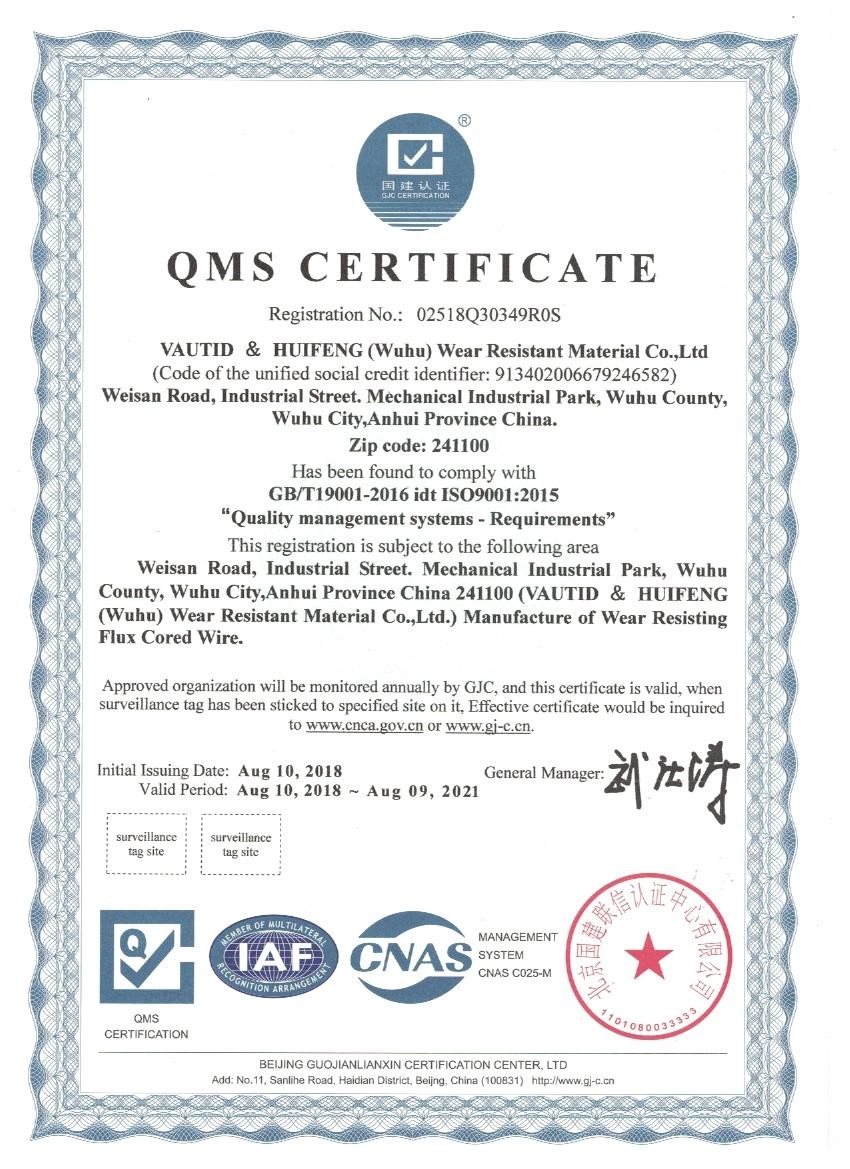
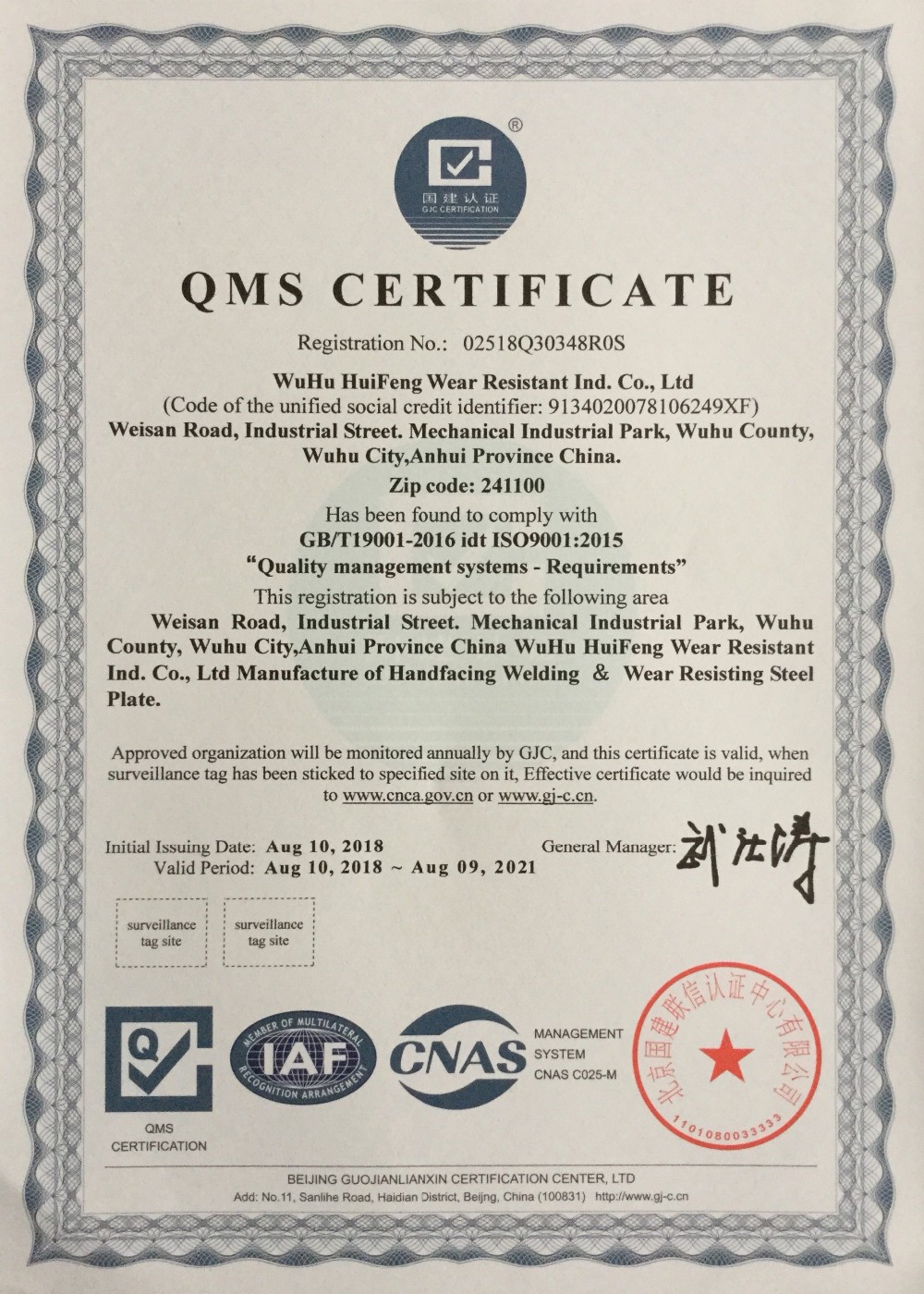
Comparison_HP Plate vs Other Plate
Contact us:

1) Wear Resistant Plate & Hardfacing pipe
2) Fabriction parts including Liner, Dredging Pipe & other customised parts
3) Flux Cored Wire
4) Vertical Mill Components (Rollers & Table Liners)
5) HP Wear Plate & Hardfacing Pipe
6) HP Wear Parts
7) Flux Cored Wire & Welding Recondition
Related Keywords

